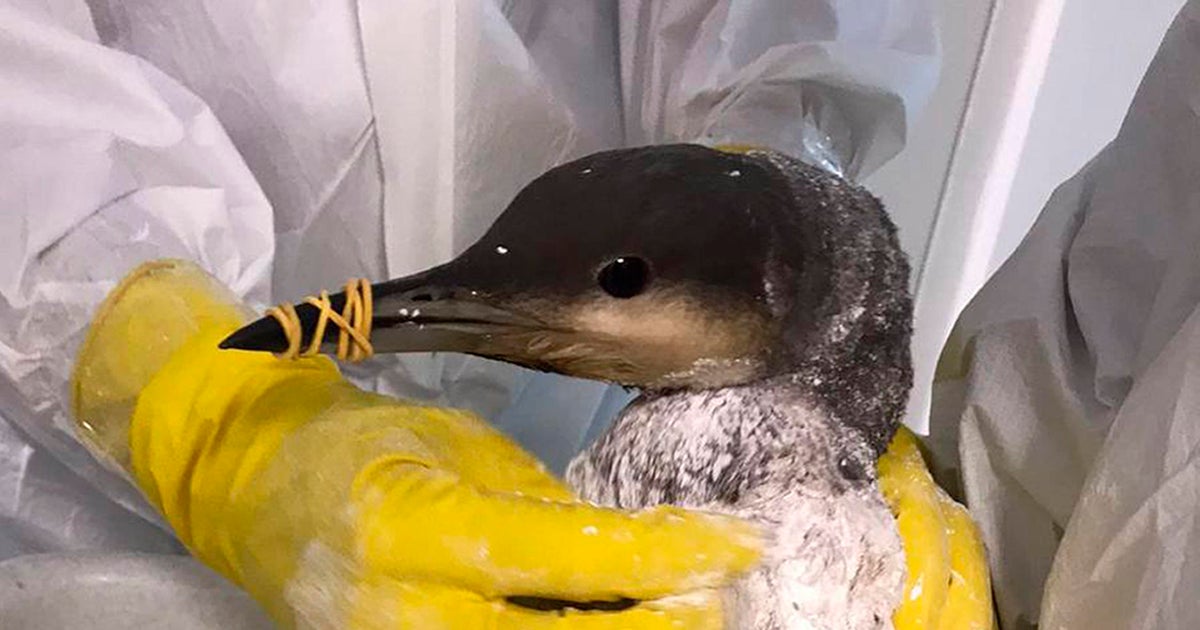Air Force spaceplane returns to Earth after 780-day mission
An unpiloted Air Force X-37B spaceplane, one of two winged orbiters used to carry out classified research, made a surprise landing at the Kennedy Space Center early Sunday to close out a record 780-day mission. It was the fifth flight in the secretive Orbital Test Vehicle (OTV) program, pushing total time aloft to 2,865 days.
"This program continues to push the envelope as the (Air Force's) only reusable space vehicle," Randy Walden, director of the Air Force's Rapid Capabilities Office, said in a statement. "With a successful landing today, the X-37B completed its longest flight to date and successfully completed all mission objectives."
The unpiloted orbiters, built by Boeing, are based on the same lifting body design used for the space shuttle and they fly a similar re-entry trajectory to a runway touchdown. The X-37B features a small 4-foot by 7-foot payload bay and uses a deployable solar array for power.
The spacecraft are believed to fly as orbital test beds for advanced technology sensors and other systems but the program is classified, and the Air Force provides few details. Walden said the latest mission "successfully hosted Air Force Research Laboratory experiments, among others, as well as providing a ride for small satellites."
He was referring to launch atop a SpaceX Falcon 9 rocket on September 7, 2017. While the X-37B was the primary payload, several small Cubesat satellites also were carried into orbit.
The orbiter landed at 3:51 a.m. EDT Sunday.
"The safe return of this spacecraft, after breaking its own endurance record, is the result of the innovative partnership between government and Industry," General David L. Goldfein, Air Force chief of staff, said in the statement. "The sky is no longer the limit for the Air Force and, if Congress approves, the U.S. Space Force."
The X-37B is one of only two operational spacecraft capable of multiple flights to and from orbit. SpaceX's unpiloted Dragon cargo ship also can be refurbished for additional flights.
Orbital Test Vehicle No. 1 was launched from Cape Canaveral on April 22, 2010, landing at Vandenberg Air Force Base, California, on December 3. Mission duration was 224 days. A second OTV was launched March 5, 2011, landing at Vandenberg on June 16, 2012, for a mission duration of 469 days.
The first OTV took off on its second mission from Cape Canaveral on December 11, 2012, spent 675 days in orbit and landed in California on October 17, 2014. Flight No. 4, using the second OTV, was launched on May 20, 2015. After 718 days in orbit, the spacecraft made the program's first landing on the Kennedy Space Center's 3-mile-long shuttle runway. Sunday's landing was the second.
Both OTVs are processed for flight in two refurbished space shuttle hangars adjacent to NASA's huge Vehicle Assembly Building at the Florida spaceport. They are launched from the nearby Cape Canaveral Air Force Station. The Air Force says the program plans a sixth launch in 2020.
"This spacecraft is a key component of the space community," Lt. Col. Jonathan Keen, X-37B program manager, said in the Air Force statement. "This milestone demonstrates our commitment to conducting experiments for America's future space exploration. Congratulations to the X-37B team for a job well done."





